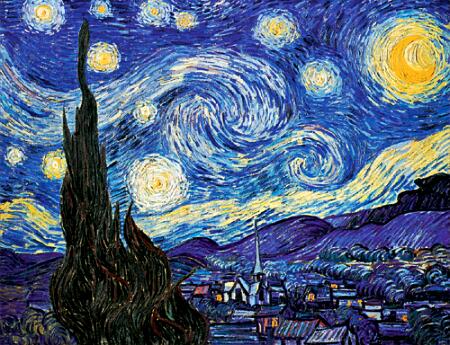East End Artist Asks, Do You See What I See?

In the summer of 1974, Dennis Pelliccia’s sister Camille asked him to help her gather stones near their Shelter Island beach house for an art project. Camille was surprised to pick one up and see an image that looked like a bear. Dennis was equally struck by the form of a human figure in a beach stone he found. To emphasize this perception, he blacked out all but the figure and fastened the stone to a base. An art form was born.
People responded to this vision, and Dennis was encouraged to the point where his basement became a workshop devoted to this work. In time, he started getting press attention as well, from the New York Daily News and Suffolk Life to the Suffolk Times to the Shelter Island Reporter. Exhibitions in art museums and galleries also followed, including Guild Hall in East Hampton, Parrish Art Museum in Southampton, Vanderbilt Museum in Centerport and even the Royal Ontario Museum in Toronto.
“Dennis’s portrait experience is evident in his stone work, in which some details… in faces, hair texture, and positions of figures… are almost unnerving,” Henry Jackson wrote in the Shelter Island Reporter. “It my be said that the function of the Artist in society is to convey his personal vision to others. The fact that what Dennis sees already exists in nature makes that vision no less his own: an competent a definition of art as any in man’s translation of nature into human terms.”
The many years Dennis has spent making his artistic discoveries have not been limited to the beach stones that initially inspired him. He has turned his eye to artists such as Vincent van Gogh and even toward the heavens with his Cosmos Xerographic Photo Montage Art.
 “My Cosmos Art came about from a photograph of planet earth taken by the Apollo 13 astronauts on their way to the moon,” he recounts. “My wife Robin at that time showed me the photograph and said, ‘Doesn’t that look like a face in this picture?’ This was the start of an endless journey into studying the cosmos, bringing hidden figures out of the moon and nebulas.”
“My Cosmos Art came about from a photograph of planet earth taken by the Apollo 13 astronauts on their way to the moon,” he recounts. “My wife Robin at that time showed me the photograph and said, ‘Doesn’t that look like a face in this picture?’ This was the start of an endless journey into studying the cosmos, bringing hidden figures out of the moon and nebulas.”
As for his finding hidden figures in Vincent Van Gogh paintings, the first discovery came about as do many first discoveries—serendipitously. A friend had given Dennis a Van Gogh calendar, and “it was placed on a small table in my home,” he says. “I looked down at it sideways. It was one of Vincent’s drawings, Wheat Fields With Cypresses Saint-Remy-June 1889.”
“There I see a figure, a mysterious naked person, sad, tears in his eyes and as though tangled in tree branches. This was my new journey into the study of Vincent Van Gogh’s life and art works. Most recently I have been using my computer to bring out many, many hidden figures in Vincent’s works—and in doing so, I have proven Vincent Van Gogh’s image is in Starry Night.”
With each discovery, Dennis continues to work toward fulfilling his vision of what it means to be an artist. “I believe an artist’s work should be used as a tool to educate, motivate, encourage, and uplift the spirit; to stimulate a person’s mind to seek knowledge of the world around us and its Creator; and especially to spark the inner potential talents of others. If an artist’s work can inspire a person in just one of these ways, all the many hours spent creating his or her work have been worthwhile.”
Do You See What Dennis Sees?
The Painting: Corner In The Garden Of Saint-Paul Hospital May 1889, Saint-Remy

From a letter from Vincent van Gogh to Theo van Gogh on March 22, 1889:
Now let us be as firm as possible and, in short, not let them tread too painfully on our toes. From the start I have been faced with very mischievous opposition here. All this stir will naturally be good for “impressionism,” but you and I as individuals will suffer because of a pack of skunks and cowards.
Dennis Pelliccia Says: In the right bottom corner of this painting (B&W photo copy-color applied) are “Symblolic Images” of a boot treading on two bearded men, which I believe to be figures of Vincent and Theo Van Gogh. An expression painted by Vincent to illustrate how they the townspeople of Arles were stomping on them unjustly.





